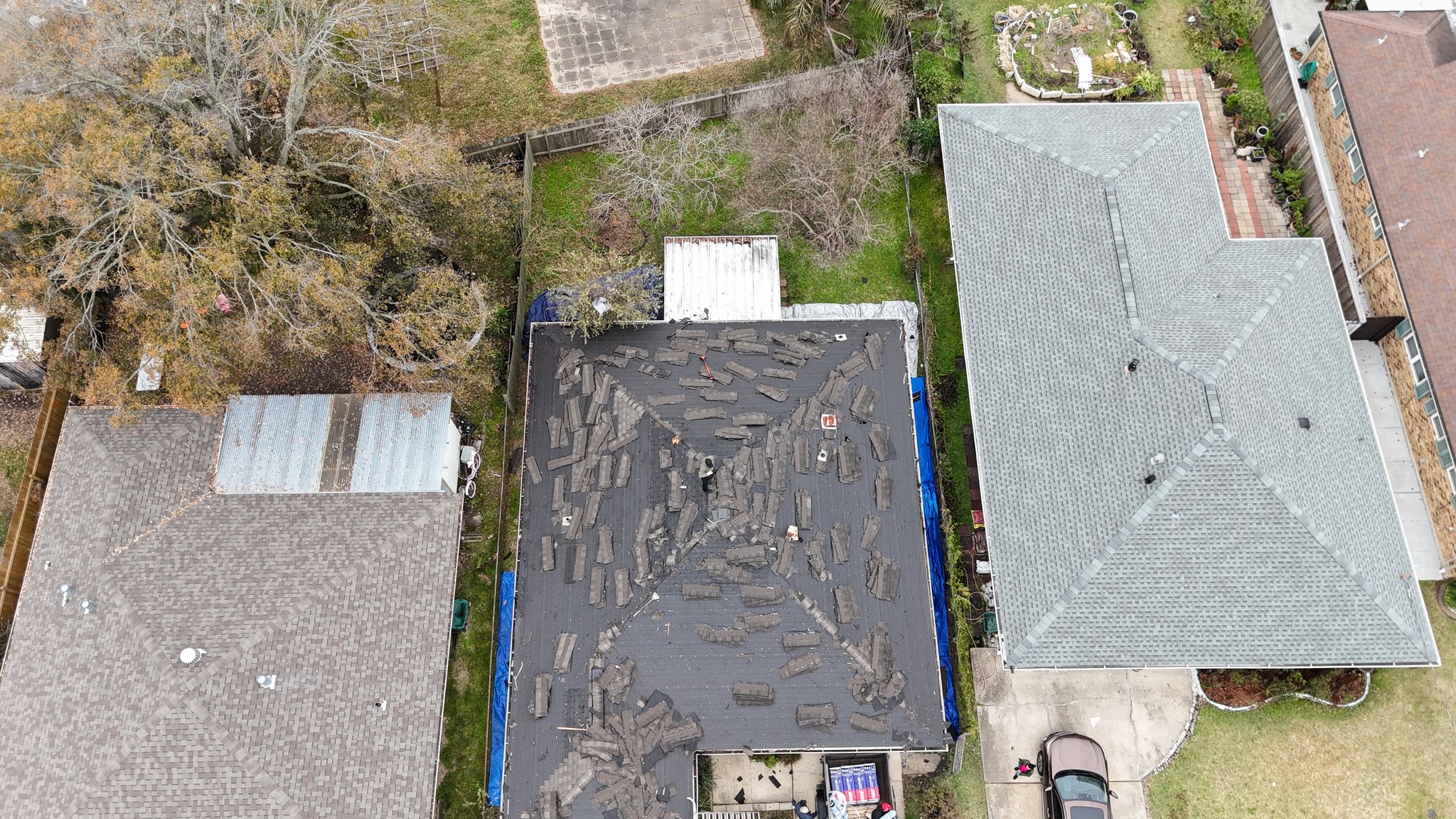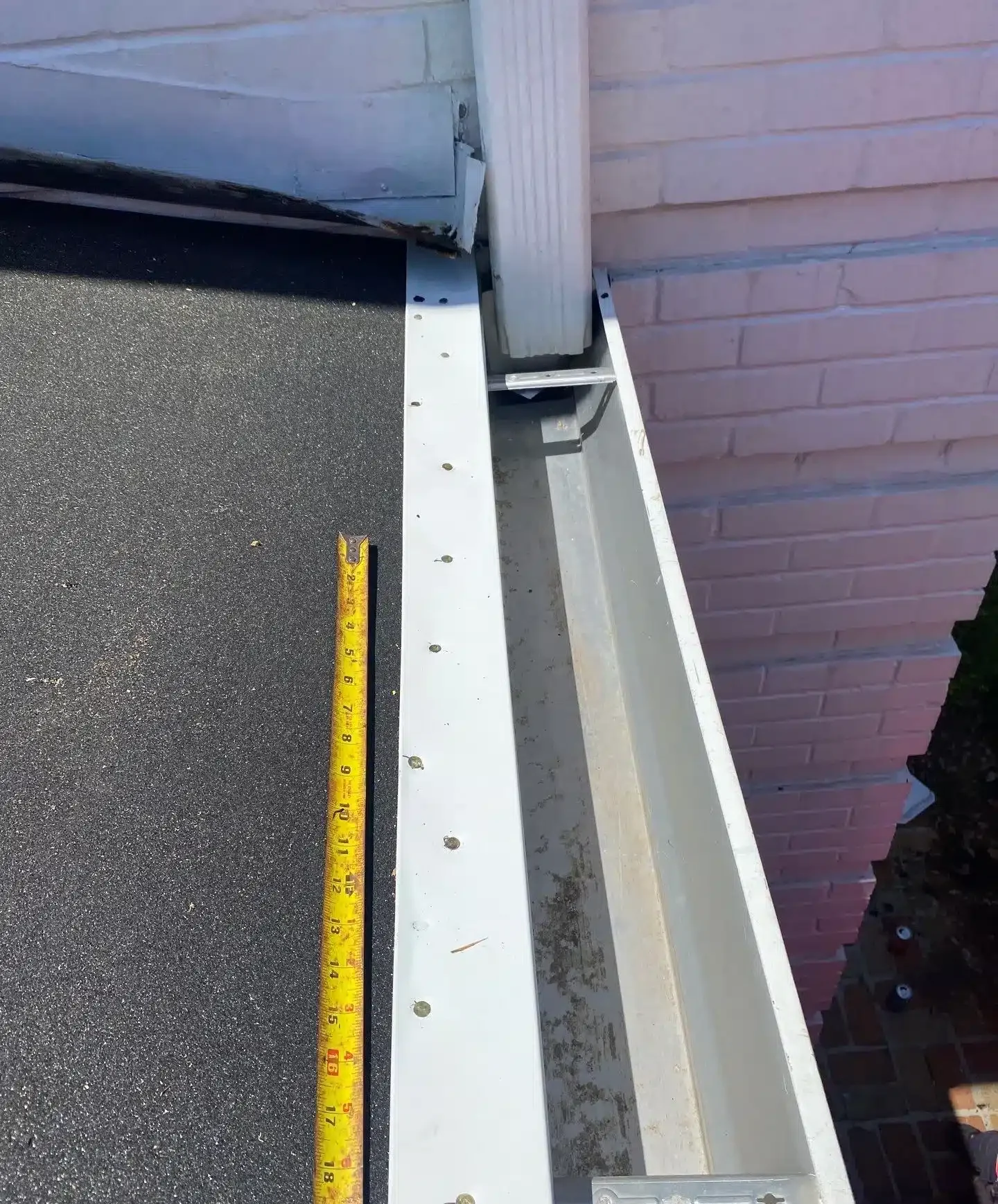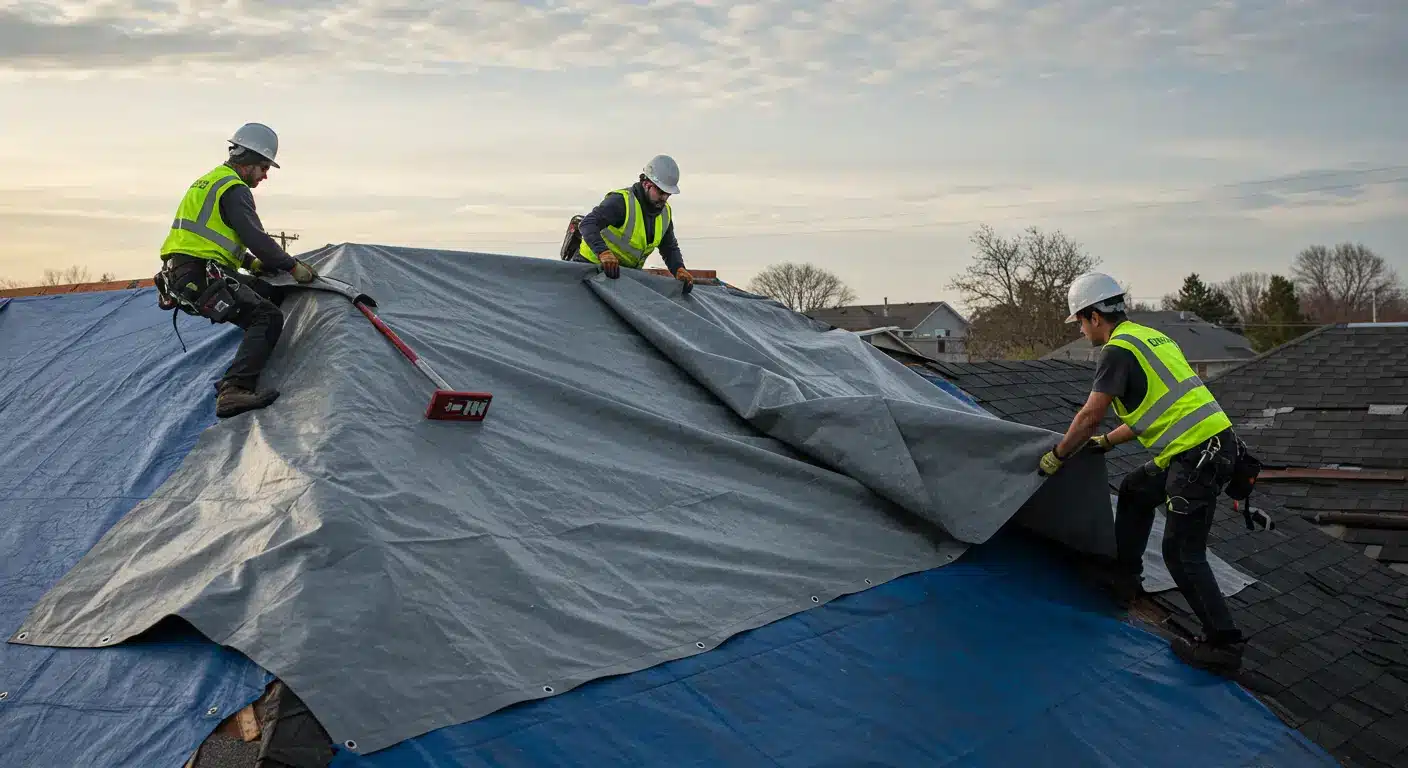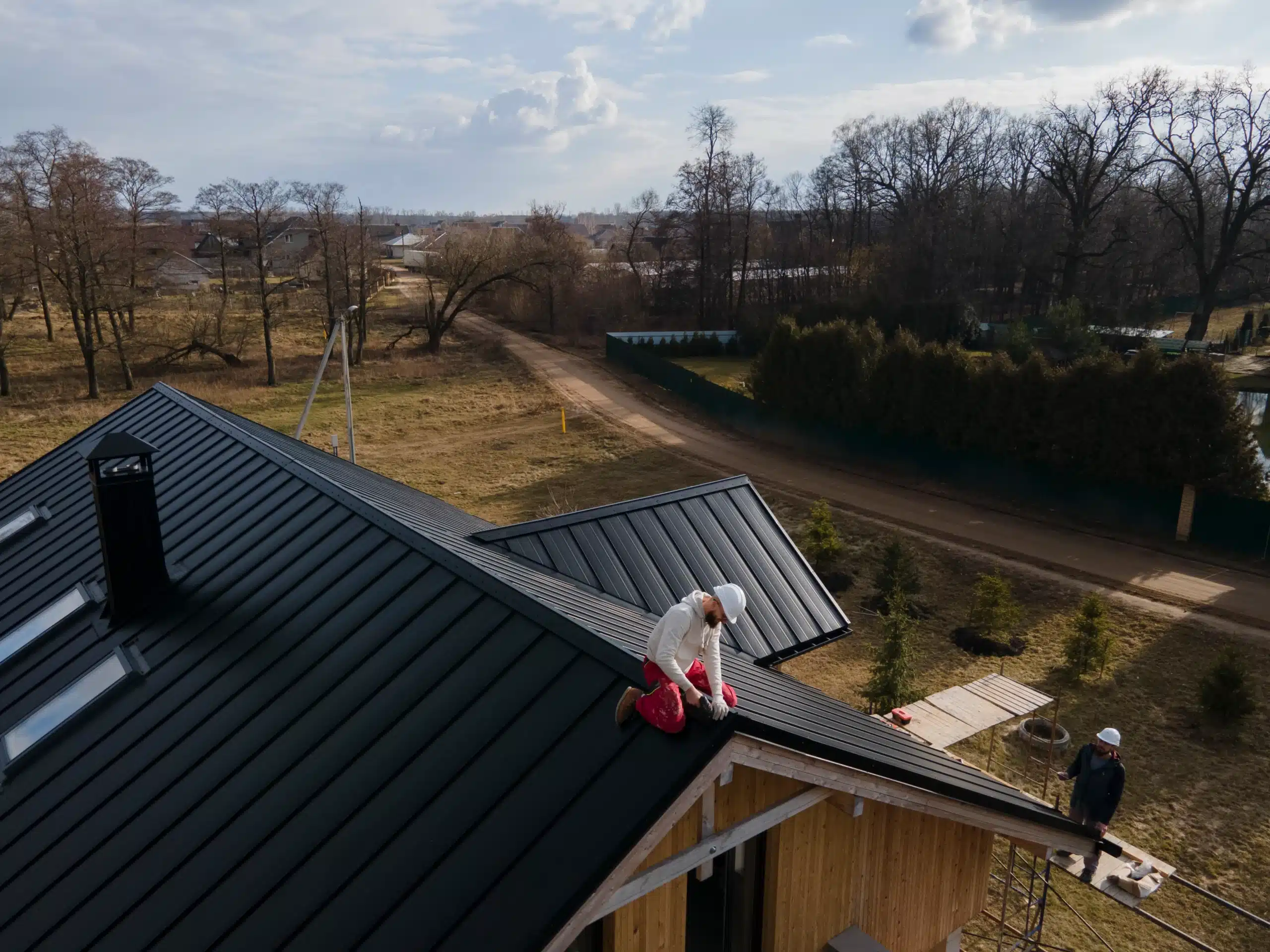A standard residential roof typically takes between one to five days to replace at glance. In reality the timeline may vary depending on different factors. Several factors including the size of your roof area and the type of materials chosen along with weather conditions and project complexity are crucial in deciding whether your roofing project will be completed in a day or extend over days. Having a grasp of these factors is key to planning to minimize inconvenience and make the most of your new roof installation.
Getting Ready for a New Roof Installation
Getting ready is crucial, for a home renovation task like replacing the roof because it’s a possibly disruptive job to tackle. The main steps involved in a replacement typically involve removing the materials and then checking and fixing any issues with the structure underneath before putting on the new roof and cleaning up afterwards. While some homeowners might think that all roof replacements are done in the way across the board; in truth factors, like the roofing material used the size of the crew working on it and specific weather conditions play a role in how long it takes to replace a roof. To get ready completely for the project of time homeowners usually reach out to roofing contractors, in advance to talk about scheduling difficulties and the materials required for the task. Once these aspects are sorted out it becomes easier to coordinate the job with your daily schedule and steer clear of unnecessary pressure.
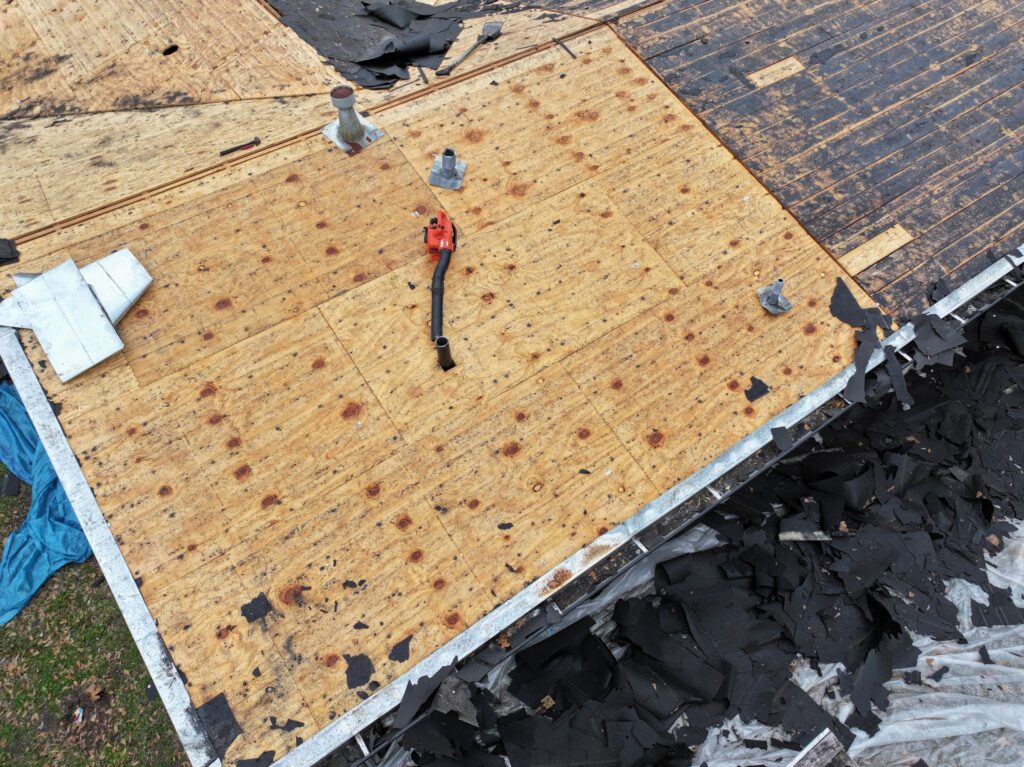
Factors that Influence the Timeline
The duration needed to replace a roof depends on factors, like the size of your house to begin with. Larger homes with square footage usually take more time and resources for the installation process to be completed thoroughly and thoroughly extended in time as a result of that requirement of extra work and materials being necessary; further influencing how long the project might actually take is also the style and structure of your roof itself. A basic roof with a low slope that doesn’t have dormers or skylights will generally need less work than roofs with multiple peaks or a steep pitch along with unique design features such, as chimney flashing and vents.
When it comes to selecting roofing materials as a factor to consider in a home project’s timeline and process efficiency. Think about asphalt shingles, for their reputation of being easy and quick to install within one or two days in perfect conditions for an average sized and standard complexity house setup. On the other hand, premium options like slate or tile demand delicate handling due to their heaviness and delicate characteristics. Leading to a lengthier timeline for replacement; sometimes stretching up to two weeks for a slate roof installation due, to the meticulous care they require during the process. Installing metal roofing takes time compared to slate roofs but demands expertise and attention, than a basic asphalt project.
The Common Stages of Replacing a Roof
While each roof replacement project may have its variations, in approach and details to consider during the installation process tend to adhere to a framework. Talking about the common stages of replacing a roof, the initial stage usually includes the removal of the existing roofing material using tools such as shovels and crowbars to take off the shingles, nails, and underlayment. This step typically requires one to two days to complete for a sized home. After unveiling the surface the integrity of the underlying decking is assessed. If any decayed or damaged wood is found the contractors address these issues before moving with the replacement process.
After fixing the deck issues and applying layers like underlayment and water shields for moisture protection, in areas such as valleys and eaves; the next step involves installing the new roofing material which could take a day for a small house with asphalt shingles or several days for larger buildings, with heavier materials. The last phase includes tidying up and conducting an inspection of the work done. The team clears away leftover materials, like scraps and nails and then double checks to make sure the setup complies with both the construction rules and the manufacturer’s standards.
During each phase of the process of renovating your home’s roof it is important to maintain communication with the contractor to ensure things go smoothly. Any issues are addressed in a timely manner Updates from the roofing experts keep you informed on the progress being made and any unexpected problems that may arise like extra repairs or adjustments, to the installation schedule Having a clear timeline and keeping communication open helps you prepare for any noise debris or temporary disturbances to your daily routine at home.
Contemplating Whether to Remain at Home
Having your roof replaced can be quite noisy. Disorganized due, to the hammering sounds and the movement of bulky materials while dust floats in the air around you. The untidiness of the task is something to think about too. With cleaning attempts the removal and replacement of the roof will naturally create a lot of dust and debris. Nails could be found scattered around the premises and dust may find its way, into the interior of the house in spaces, like attics. Residents who stay at home during the construction typically need to acknowledge and prepare for the inconvenience. When kids are nearby it’s an idea to establish limits to prevent them from entering construction areas and to watch over them carefully.
Timelines, for Replacing Roofs, in Compact Homes
Homes that have footage usually make roof replacement procedures simpler and quicker for contractors to handle efficiently within a day, in optimal conditions—especially if there are no unique architectural features or urgent structural concerns involved in the project. With less surface area to dismantle and fewer resources required for the job at hand, the amount of work hours decreases significantly resulting in an experience for homeowners. Moreover smaller residences typically have roof structures, with fewer dormers and valleys minimizing the risk of potential leaks over time.
When working on projects it’s important to be ready for unexpected issues that may arise along the way. For instance, having to replace materials might uncover hidden problems like water damage or termite infestation. If installing plywood sheathing becomes necessary it could extend the project timeline by at least a day. Although tackling a small house renovation may seem overall the element of surprise is always present. Maintaining communication with the roofing team and being flexible in handling complications will help you effectively manage your project expectations.
Shingle Replacement Duration
Asphalt shingles remain a choice in the roofing sector because of their cost effectiveness and adaptability as well as their decent lifespan compared to other materials available in the market today.
Replacing asphalt shingles is usually quick; however premium materials, like metal roofing can take a bit longer to install. Around two to five days for metal roofs and slightly more for wood shakes or clay tiles due to the spacing and alignment required. For slate roofs known for their beauty and durability it could take over a week or, up to two weeks depending on the size and complexity of the house. These premium materials may take longer to install. Tend to last and need fewer replacements, throughout the lifespan of the home.
When should items be replaced? What’s their lifespan?
The timing for replacing a roof isn’t about the practical issues but also factors in the lifespan of your current roof material. For instance, asphalt shingle roofs typically need replacement every 20 to 25 years. Metal roofs can last from 40 to 70 years. Clay or concrete tiles can be in service for a century. Slate roofs can endure for over a hundred years with care. Environmental factors also play a role in determining the lifespan of roofs; for instance roofs in regions to storms or extreme heat may deteriorate more quickly compared to those in gentler climates.
Regularly checking your roof for signs of wear is important, in deciding if it’s time for a roof or not. Keep an eye out for broken shingles and loss of granules as they could mean that your roof is reaching the end of its lifespan. Leaks that won’t go away or any parts of the roof that seem saggy are flags that need attention.
A Typical Workday for Roofers
Roofing professionals typically kick off their workday bright and early to make the most of their daylight hours for productivity and efficiency in getting the job done right.
The number of team members has an impact on the speed of completing a job task like roofing work. A smaller team might take longer to finish the job which can be okay for projects but could be inconvenient for homeowners with timelines. However, a larger team might complete the roof installation faster. It may need more coordination and resources. When it comes to replacing a roof the best approach is to find a balance between efficiency and quality craftsmanship. Established roofing companies usually have workers to keep the project moving forward without compromising on quality standards.
Choosing the Correct Contractor
The success of a roof replacement job relies heavily on the roofing contractor for roof replacement that you select in Metairie and nearby areas, in Louisiana. Lone Wolf Roofing is an option for homeowners seeking roofing services due to their dedication to top notch craftsmanship and client happiness. They bring experience to every project they undertake be it a residential roof repair or a large scale commercial endeavor needing efficient and dependable solutions.
We perform installation checks to ensure that each aspect adheres to the highest industry standards This meticulous approach assures homeowners that their roof replacement investment will withstand Louisiana’s frequently harsh weather conditions, for years to come.
Replacing a roof is a job that can really make a difference in how comfortable and valuable your home feels over time. If everything goes smoothly like it usually does it usually only takes a few days to finish the project. Understanding what factors affect how long it will take to replace a roof—like the size of the roof the materials used, the complexity of the job and what the weathers like—can help avoid any surprises. If you live in Metairie, Louisiana or nearby areas Lone Wolf Roofing is a choice for getting advice, top notch workmanship and clear communication, at every step of your roof replacement journey.

